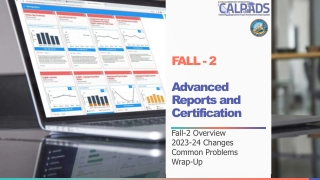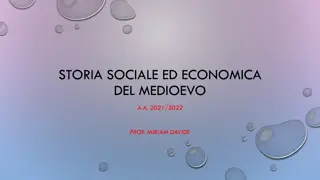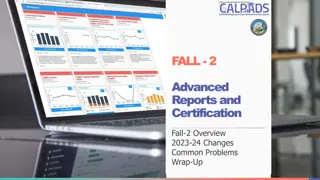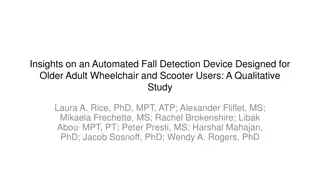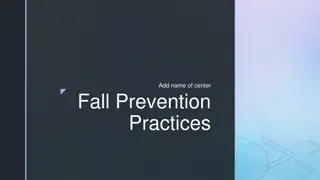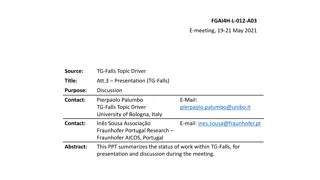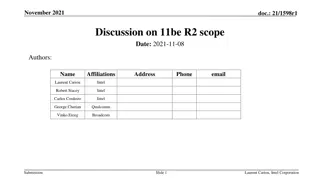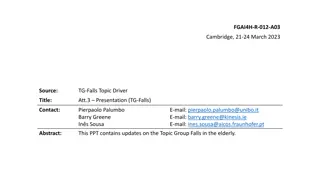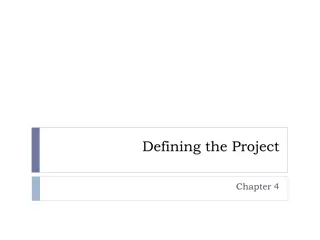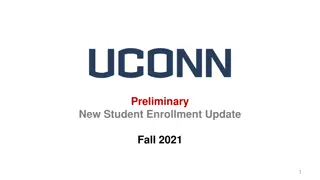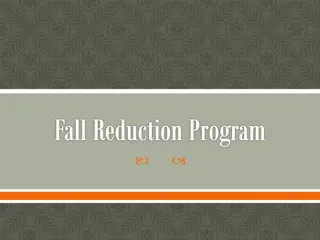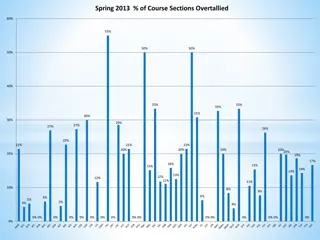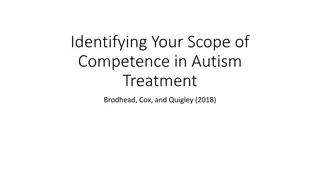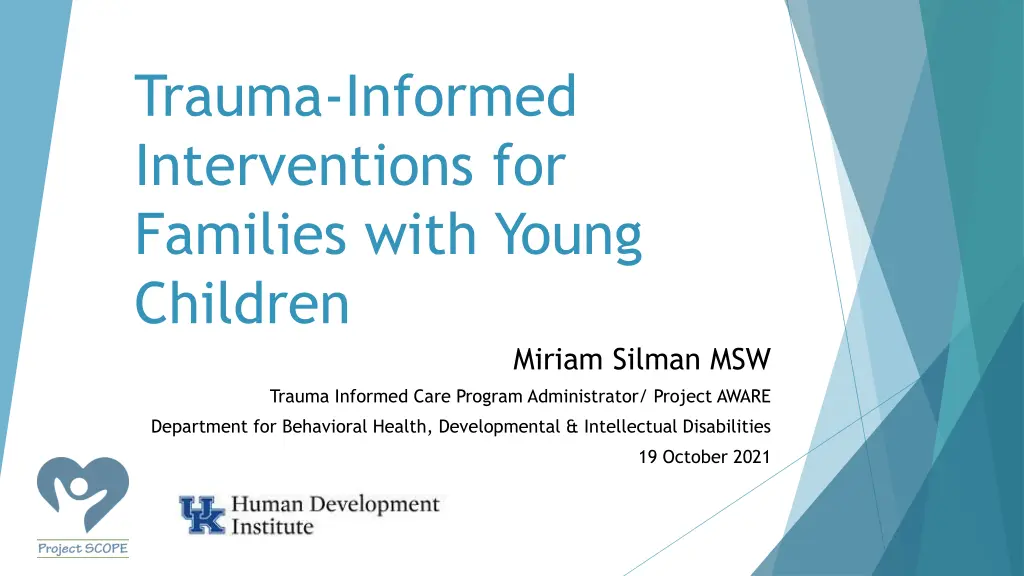
Strategies to Support Children and Families in Trauma-Informed Interventions
Explore key strategies to support children and families in trauma-informed interventions, emphasizing the importance of self-awareness, responsive relationships, and reducing sources of stress. Learn from experts about addressing trauma layers, building resilience, and connecting families with appropriate services.
Download Presentation

Please find below an Image/Link to download the presentation.
The content on the website is provided AS IS for your information and personal use only. It may not be sold, licensed, or shared on other websites without obtaining consent from the author. If you encounter any issues during the download, it is possible that the publisher has removed the file from their server.
You are allowed to download the files provided on this website for personal or commercial use, subject to the condition that they are used lawfully. All files are the property of their respective owners.
The content on the website is provided AS IS for your information and personal use only. It may not be sold, licensed, or shared on other websites without obtaining consent from the author.
E N D
Presentation Transcript
Trauma-Informed Interventions for Families with Young Children Miriam Silman MSW Trauma Informed Care Program Administrator/ Project AWARE Department for Behavioral Health, Developmental & Intellectual Disabilities 19 October 2021
Topics for Today 3 key strategies to support children Revisiting the Adverse Childhood Experiences Study from a place of hope Connecting families with trauma-focused intervention services
Self-Awareness is Key Pay attention to your own needs & responses Take care of yourself however you need to during our discussion Effects can linger, or surface later Use coping skills that help you metabolize and process your responses to trauma Find a safe space in which you can process your experiences this may mean using coping strategies including talking to colleagues, friends, family, or a professional provider
Poll #1 What is your stress level today (with 1 = no stress to 10 = the most stress you have ever had)? (Answer choices 1, 2, 3, 4, 5, 6, 7, 8, 9, 10) How well are you able to manage that stress (with 1 = not able to manage it at all to 10 = totally in control of your stress)? (Answer choices 1, 2, 3, 4, 5, 6, 7, 8, 9, 10)
Trauma Trauma occurs in layers, with each layer affecting every other layer. Current trauma is one layer. Former traumas in one s life are more fundamental layers. Underlying one s own individual trauma history is one s group identity or identities and the historical trauma with which they are associated. Bonnie Burstow (2003), Toward a Radical Understanding of Trauma and Trauma Work
Three Key Strategies to Support Children 1. Support Responsive Relationships 2. Strengthen Core Life Skills 3. Reduce Sources of Stress Center for the Developing Child at Harvard University: https://developingchild.harvard.edu/resources/three- early-childhood-development-principles-improve-child- family-outcomes/#strengthen-skills
1. Support Responsive Relationships Child Adult relationships, serve & return , promote healthy brain development and buffer challenges & stress The more healthy relationships a child has, the more likely he will be to recover from trauma and thrive. Relationships are the agents of change and the most powerful therapy is human love. Bruce Perry, MD Adult Provider relationships build resilience through support & hope [W]hen adults are supported and can model responsive relationships with each other and with children, the benefits come full circle, ultimately helping children become healthy, responsive parents themselves. Center for the Developing Child at Harvard University
Brain Energy Allocation When Regulated Brain Energy Allocation When Experiencing Harm Adapted from Holt & Jordan, Ohio DoE based on Perry, B. (2006); Courtesy of Leora Wolf- Prusan, Pacific Southwest MHTTC
Poll #2 1. Have you ever been with a client who has been in the FIGHT response mode? (yes/no/unsure) 2. Have you ever been with a client who has been in the FLIGHT response mode? (yes/no/unsure) 3. Have you ever been with a client who has been in the FREEZE response mode? (yes/no/unsure)
2. Strengthen Core Life Skills Executive Function: The set of skills that enable us to focus on multiple streams of information simultaneously, monitor mistakes, make decisions, adapt and revise plans as necessary, and exert control over impulses to allow frustration to result in hasty actions (Center for the Developing Child at Harvard University). Self-Regulation: Managing thoughts, feelings and behaviors to facilitate adaptive & successful navigation of required and desired goal-directed activities, including those necessary for successful school, relational, workplace functioning (McClelland & Tominey, 2014; Murray, Rosanbalm, Christopoulos, & Hamoudi, 2015).
Self-Regulation requires Co-Regulation Co-Regulation: The interactive process between caring adults and children, youth, or young adults to facilitate a child s ability to understand, express, and modulate their thoughts, feelings, and behavior through support, coaching, and modeling (Murray, Rosanbalm, Christopoulos, & Hamoudi, 2015)
3. Reduce or Buffer Sources of Stress Normal Stress Tolerable Stress Toxic Stress Constant stress depletes precious energy the brain needs for healthy development in childhood (Center for the Developing Child at Harvard University)
HOPE: Health Outcomes From Positive Experiences [I]mproving the lives of children exposed to experiences or conditions that create toxic stress requires expanding the conventional approach to responding to ACEs by elevating the importance of maximizing positive experiences for children, in addition to minimizing risks and the effects of negative experiences on the child. The HOPE framework grows out of and complements prior holistic approaches to child health care. Sege & Harper Browne, 2017
Positive Childhood Experiences (PCEs) Family & Home School & Community 1. Felt able to talk with their families about their feelings 5. Felt a sense of belonging in high school 2. Felt their families stood by them during difficult times 6. Felt supported by friends 7. Had at least two non-parent adults who took genuine interest in them 3. Enjoyed participating in community traditions 4. Felt safe and protected by an adult in their home Bethell, Jones, Gombojav, Linkenbach & Sege (2019)
4 Key Positive Experiences (Sege & Harper Browne, 2017) 1. being in nurturing, supportive relationships 2. living, developing, playing, and learning in safe, stable, protective, and equitable environments 3. having opportunities for constructive social engagement and connectedness 4. learning social and emotional competencies
Indicators of Flourishing in Children (Bethell, Gombojov & Whitaker, 2019) 1. Child s interest and curiosity in learning new things 2. Child s persistence in completing tasks 3. Child s capacity to regulate emotions
Finding & Securing Trauma-Focused Interventions Questions for Behavioral Health Providers: What interventions are you/your staff trained or certified to provide? What is your philosophy in working with families who have experienced substance use disorder or neonatal abstinence syndrome? What are your expectations for caregivers and families? Anything additional for caregivers engaged in medically-assisted treatment for recovery? How will you collaborate with other providers working with the family?
Bottom Line All interactions with families can and should be trauma- informed and resilience-oriented Intervention should always address relational dynamics model what you want to see parents do Build the positive relationships and dynamics even when adverse ones are present Strengthening adults capabilities is key to supporting healthy children, families and communities
Miriam Silman MSW Project AWARE/ Trauma Informed Care Program Administrator Department for Behavioral Health, Developmental & Intellectual Disabilities miriam.silman@ky.gov

